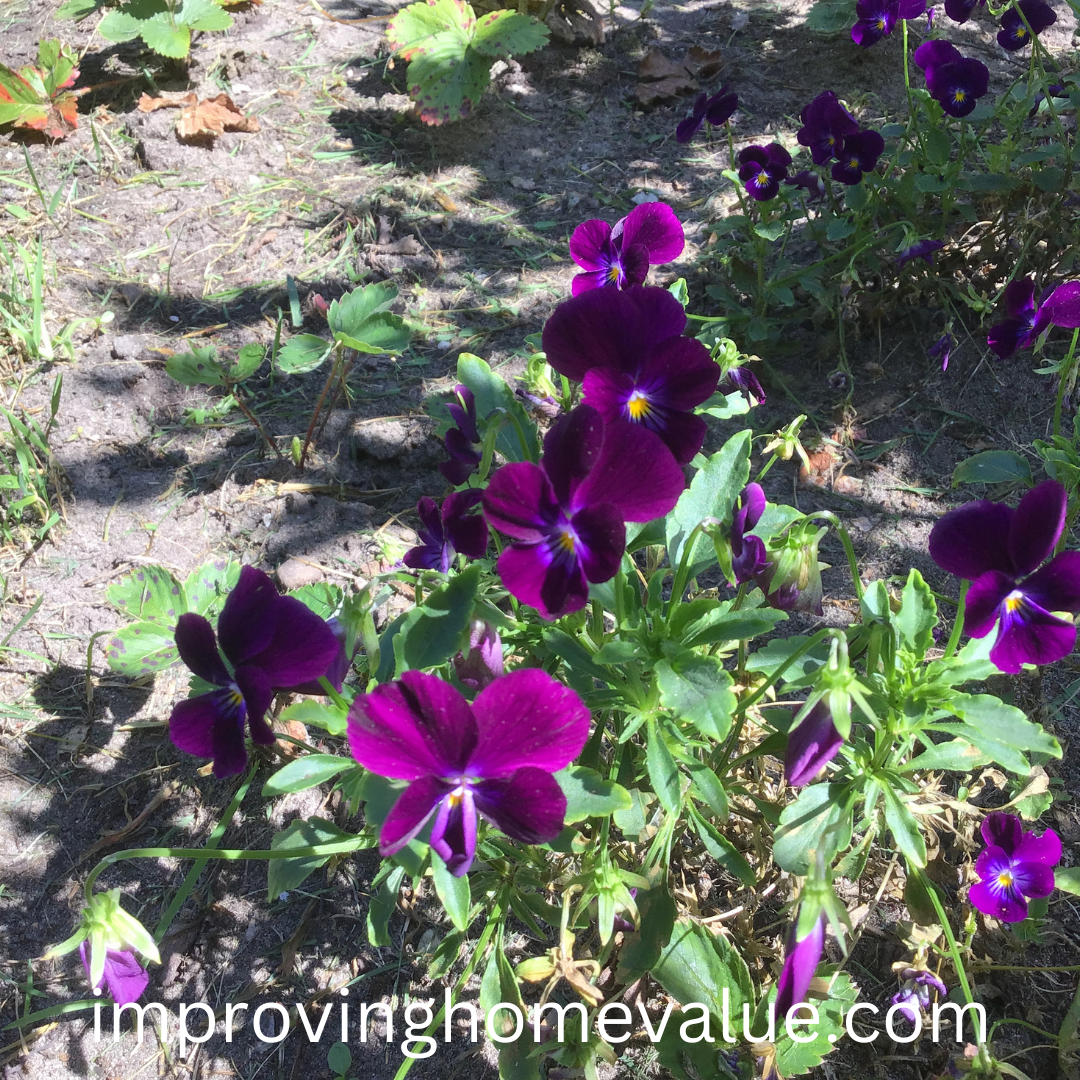Getting pansies off to a stellar start is all about picking the right spot. These playful flowers adore well-drained soil. If you’ve got soil clumps sticking together like an annoying clay sculpture, it’s time to mix things up with some sand or compost.
Pansies basking in sunlight for about 4 to 6 hours daily will be the happiest. Too much shade turns them into grumpy little plants, lacking in blooms. If you notice them stretching toward the light, you might need to move them to a sunnier locale.
Watering pansies can be a bit like Goldilocks with her porridge – you want it just right. Too much water and they’ll drown, too little and they’re gasping for hydration. Aim for moist but not soaking soil. A good tip is to water them in the morning and let the sun wick away any excess moisture throughout the day.
Now, here’s the million-dollar question: are pansies perennials? Well, yes and no. In colder regions, they’re pretty much annuals, fading into memory come winter. But in milder climates, they can surprise you by coming back for a second round of bloom excitement. So, it’s really about knowing your local weather mood swings.
Planting Techniques and Timing
Timing is everything when it comes to planting pansies. These resilient flowers thrive when tucked into the soil during the cooler stretches of spring or fall. Diving into your local climate’s quirks is essential, since frost can crash their party if planted too early or late in these seasons.
Getting your pansies into the ground involves a bit of finesse. Start by loosening the soil about six inches deep, creating the perfect canvas for their roots. If you’re moving them from a pot, handle the roots gently like you’re cradling a newborn. Pop them in, spacing them about six to ten inches apart so they have room to spread their colorful antics.
If pots and containers are more your style, remember that those roots still need the freedom to breathe and grow. Fill the pots with quality potting mix and make sure there are drainage holes to avoid any soggy surprises. Pansies in containers often offer easier mobility, letting you chase the sun or dodge a heavy rainfall.
Don’t forget, pansies have their preferences based on the local mini-climate scene. In southern areas, fall planting might be prime time, offering blooms that thrive through the winter. Meanwhile, northerners may treat pansies as striking spring accents, blooming just as winter bids farewell. Knowing when your local weather throws its temperature tantrums helps in choosing the best planting time.

Maintaining Vibrant and Healthy Pansies
Tending to pansies throughout their growing season is a labor of love, but oh so worth it when those colors pop. Start with a little TLC by feeding them some balanced fertilizer every couple of weeks. Think of it as their energy drink to keep those blooms looking fresh.
Deadheading may sound grim, but it’s just a fancy way to say plucking off old blooms. This helps funnel the plant’s energy into new growth instead of wasting it on seeds. Plus, it keeps the plant looking tidy and flourishing, like a flowerbed superstar.
Pansies aren’t just about the classic purples and yellows. With a full spectrum of colors and varieties, from the bold ‘Citrus Mix’ to the delicate ‘Clear Crystals’, you can achieve any garden vibe you’re going for. Mixing species adds layers of color that play off each other beautifully, transforming a simple patch of soil into a masterpiece.
Of course, like any show-stopping star, pansies have their pesky little critics in the form of pests and diseases. Keep an eye out for aphids and slugs – those sneaky little munchers. A simple soap spray or beer trap can work wonders without resorting to harsh chemicals. Spotting discolored leaves? It might be a fungal issue, so consider improving drainage and spacing to boost their health. Healthy pansies make for a more resilient garden stage.
Keep your ear to the ground and your eye on the growth. Regular checks help catch problems early, and before you know it, you’ll have a garden that’s basically the VIP lounge of the flower world, with these beautiful flowers.
